
| To Duval Family Home Page | Asia | |
| To Chris Home Page | Turkey | |
| To Earth (Geography Home Page) |
Van, formerly spelled as Վան and ون
| Year | Population | Political entity |
| 800 BCE | Biainili (Urartu) | |
| 650 BCE | Biainili (Urartu) | |
| 2000 CE | 284,464 | Türkiye (Turkey) |

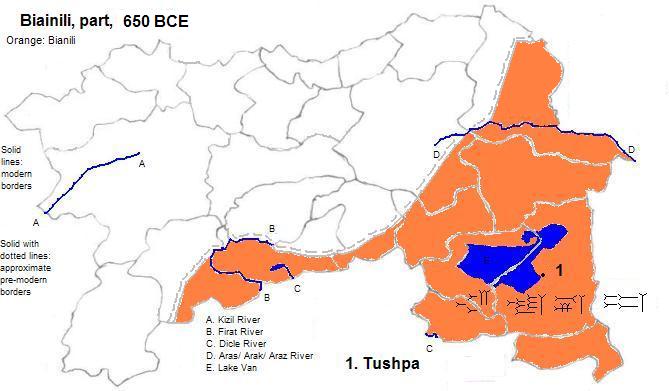



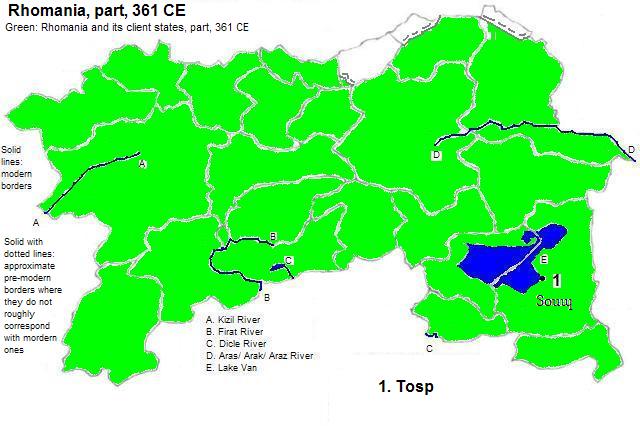
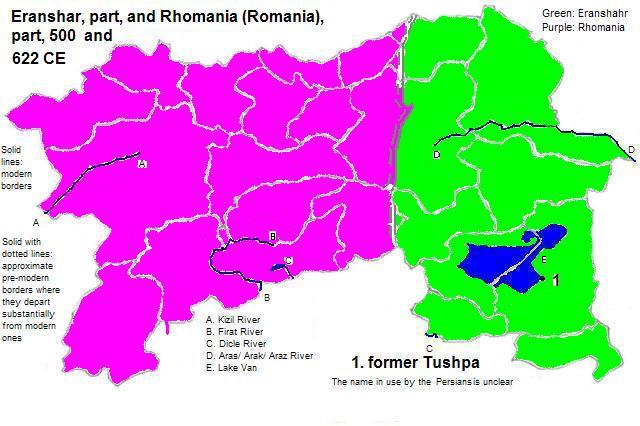

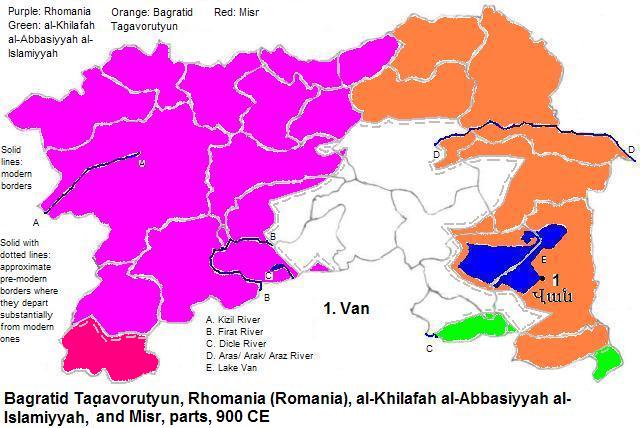
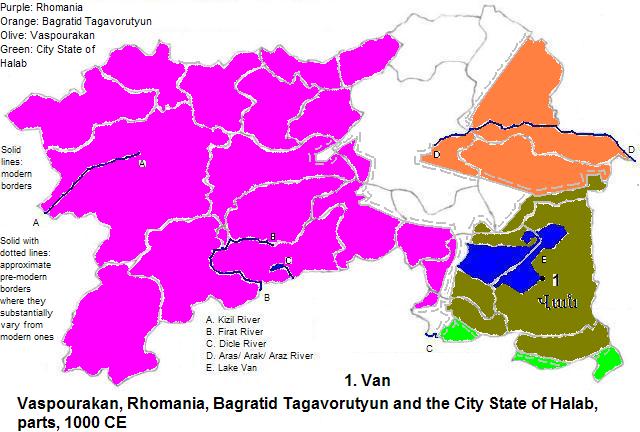

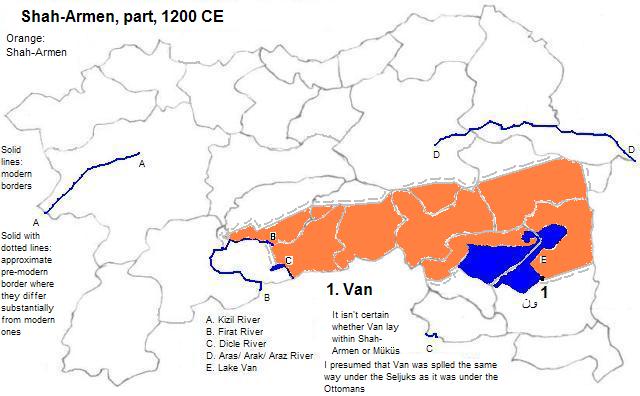





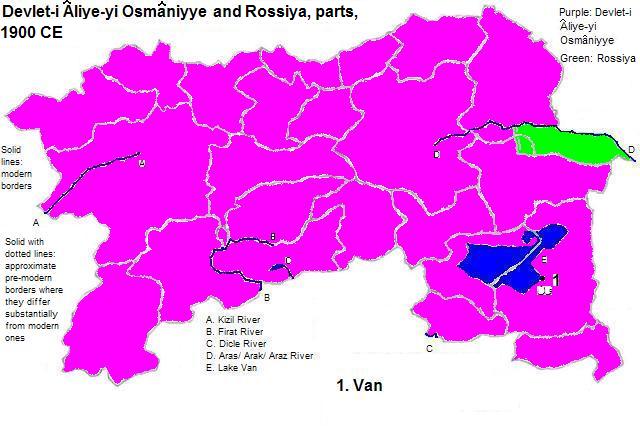
1. This is without vowels; the vowel was sometimes represented.
2. The written form during the literate period of the Urartu transliterates as
3. Census 2000 and calculated estimate for 2010 in world-gazetteer.com, accessed 4/23 and 9/3/2011.
4. Estimates for all but 2000 in Tables of the World's Largest Cities, in Tertius Chandler, Four Thousand Years of Urban Growth, 2nd ed. (The Edwin Mellen Press, 1987). In 800 BCE it was the largest city in what is now Türkiye (Turkey).
4. Chandler puts the city's rank below Pyongyang, and gives that city a population estimate of 25 thousand. He also puts its rank below "Chicheng" and "Heliopolis" but does not offer population estimates for those 5ities. He puts it above "Kingchow" but does not give that city an estimate either.
6. Chandler puts the city's rank below Calah (40 thousand). It is listed below Ayodhya, either because he ranks it lower or because he ranked it as equal and listed them alphabetically. He put Tushpa above Changan (Sian) and Susa, giving the latter an estimate of 30 thousand residents.